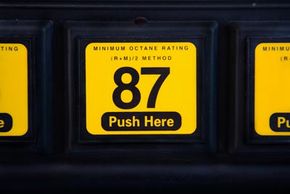While everyone who drives has heard the word "octane", very few people understand the term or its relationship to fuel. So, what is octane? It's a hydrocarbon molecule that gives gasoline the ability to resist detonating prematurely in the engine, which causes engine knocking or pinging during combustion.
An octane rating measures the amount of the molecule that is in everyday gasoline. The higher the octane number, the greater the fuel's resistance to knocking. Since knocking can damage an engine, octane is very in-demand! In this article, we'll explore the history and uses of octane, helping you to understand its role in high-performance engines.
Advertisement

